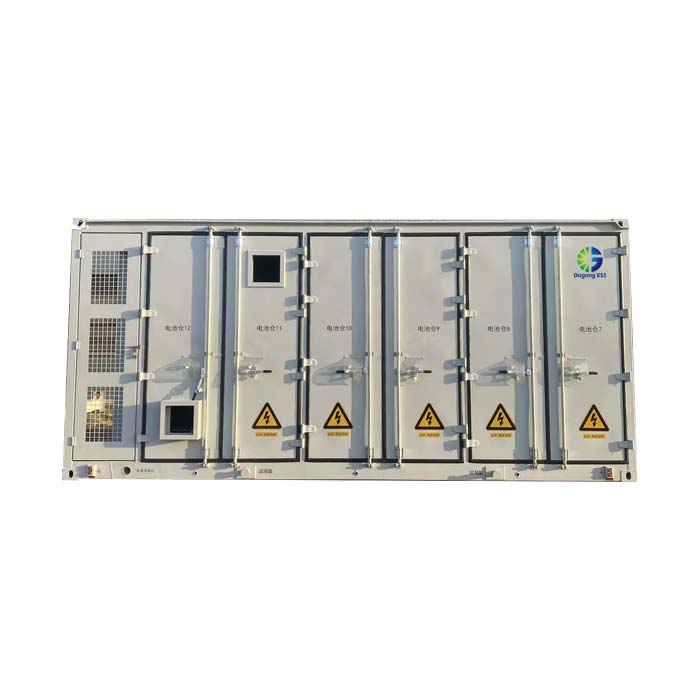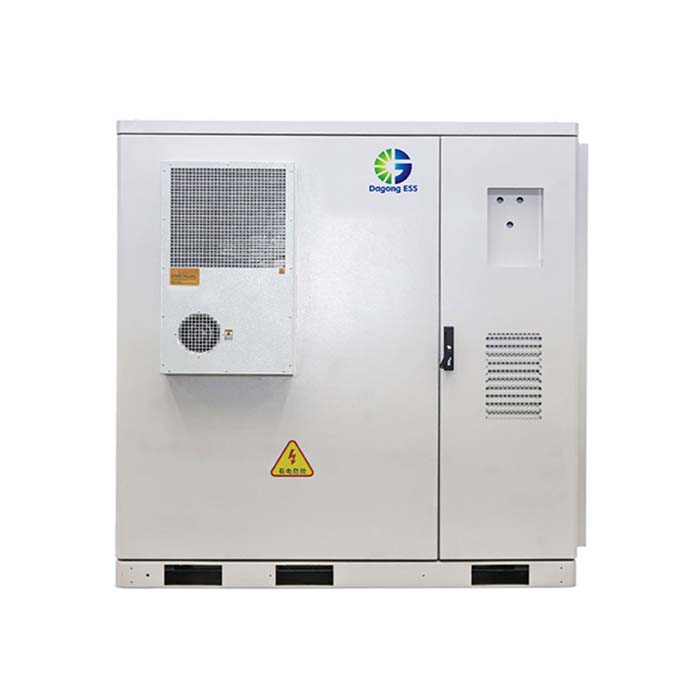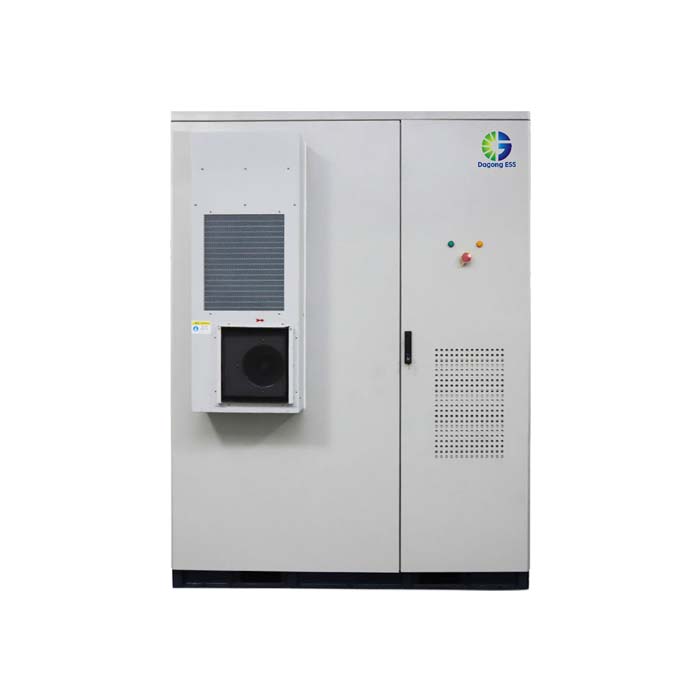How data centers and the energy sector can sate AI's hunger for power
What Is Driving the Global Competition for Grid Power Capacity?
Around the world, national grid operators are reporting a rapid surge in electricity demand driven by large AI data centers. The expansion of cloud computing, LLM training clusters, and GPU-intensive facilities has pushed many regions close to power limits. As a result, tech giants are competing for available grid connections to ensure their new facilities can operate without interruption.
This surge has accelerated investment in on-site energy storage systems, with liquid-cooled ESS and large-scale container energy storage becoming critical technologies.
Types of Energy Storage Supporting Power-Hungry Data Centers
Modern data centers rely on multiple categories of energy storage systems to supplement or stabilize grid supply:
Liquid-Cooled ESS Solutions
Used for continuous high-load operation. Systems such as 215kWh Liquid-Cooled ESS and 372kWh Liquid-Cooled ESS feature precise temperature control suitable for high-density battery modules.Large-Scale Container ESS
Facilities requiring multi-megawatt support deploy 3.35MWh Liquid-Cooled ESS Containers or 5MWh Air-Cooled ESS Containers for backup, peak shaving, and emergency power shifting.Hybrid ESS Integrated with PV or Wind
Supports low-carbon goals and reduces operational expenses for hyperscale data centers.
Key Features of Energy Storage Systems for AI Data Centers
To cope with rising electricity demand, ESS used in data centers must deliver:
High Energy Density & Long Cycle Life
Systems such as 215–372kWh ESS offer >8000 cycles and 15+ year design life.Advanced Thermal Control (Air-Cooled & Liquid-Cooled)
Ensures stable battery performance in 24/7 high-load environments.Modular & Scalable Architecture
Allows data center operators to expand storage capacity quickly as GPU clusters grow.Real-Time Monitoring & Fault Diagnosis
Essential for AI infrastructures where downtime causes major financial losses.
These features make containerized ESS systems critical for global AI-driven power expansion.
How Do Energy Storage Systems Support Data Center Applications?
Energy storage enables:
Peak Shaving & Load Shifting
Stabilizes demand during GPU training peaks.
Backup Power Supply
Large-scale ESS such as 5MWh Air-Cooled ESS can act as short-term backup before diesel generators start.
Renewable Energy Integration
Solar-plus-storage reduces electricity cost and helps enterprises meet carbon reduction targets.
Grid Congestion Relief
ESS provides local buffer capacity, enabling data centers to run even when grid expansion is delayed.
What Is the Price of Data-Center-Level ESS?
The cost of energy storage systems varies depending on battery type, configuration, safety design, energy capacity, and cooling method.
Prices are typically evaluated based on project requirements rather than a fixed amount.
Buyers usually provide load demand, backup time, and installation conditions to receive an accurate solution.
How to Select an ESS System for Data Centers?
When planning an ESS for hyperscale computing facilities, consider:
Required power & energy capacity
Cooling system (air-cooled vs liquid-cooled)
Charge/discharge efficiency
Safety certifications
Scalability for future AI cluster expansion
Solutions such as 372kWh Liquid-Cooled ESS and 5MWh Container ESS are frequently chosen for their stability and modularity.
How Long Does a Data-Center Energy Storage System Last?
Modern LFP energy storage systems used in data centers typically offer:
8000+ charge cycles
15+ years of service life
Proper thermal management and monitoring further extend lifespan.
The Supplier Behind High-Performance Energy Storage Solutions
As demand for AI-driven power infrastructure grows, leading suppliers are introducing advanced ESS technologies. Companies like Dagong ESS provide a complete portfolio—from 215kWh liquid-cooled systems to 5MWh container ESS—designed for high-load, 24/7 industrial operation, helping global enterprises accelerate data center deployment.








